First, power technology
Endurance is a major obstacle to the development of UAVs. The industry also generally believes that the consumer-grade multi-rotor life is basically maintained at around 20 minutes, which is very tasteless. Forcing users to fly out has to carry multiple batteries for backup, resulting in many inconveniences in the use of operations, for which many companies have made new attempts in 2016.
Hydrogen fuel cell
High altitudes in the highlands can lead to low oxygen levels, low air pressures and low temperatures, which have a significant impact on the operation of drones, especially in terms of power systems. At the end of May this year, Wuhan Zhongyu Power Team successfully completed a series of tests on the efficacy of hydrogen fuel cell system in high altitude applications in the Shengli area of ​​Xinjiang, verifying the performance changes of fuel cells in low pressure and low oxygen environment. The expected results also test the changes of the system in the low-pressure, low-temperature environment at the same time, confirming the results of previous laboratory simulations, using hydrogen fuel cells as the power system of the drone, will enable it to effectively respond Difficult working environment with high altitude and high pressure.
2. Wireless charging
Samer Aldhaher, Ph.D. research assistant at Imperial College London, has found a way to power small drones via wireless charging devices. The wireless charging dock consists of a two-layer printed circuit board (PCB) with a radio transmitter etched on it. It also has a 13.56MHz inverter that supplies current to the board. In order to receive radio waves, a conductive copper foil tape is wound around the outside of the drone. However, at present, the drone can only fly to a height of 12.7 cm from the wireless charging base, and it cannot fly too far because the onboard power supply is missing from the model machine. If it is too far away from the charging device, it will be turned off.
3. Solar energy life
According to foreign media reports, UAV solar energy solution developer Alta Devices announced that it will provide solar technology for a new generation of drones developed by drone manufacturer C-Astral, which will help improve the unmanned With the endurance of the machine, this new type of solar cell breaks the world record with 31.6% of the energy efficiency, so that the drone can fly at least two hours at a time. At the same time, this solar power supply technology can also be extended. The flight time of man and machine does not affect the design of high performance aircraft.
4. Nuclear power supply battery
The Information Office of the University of Samara Korolev, Russia, announced that its researchers are developing a nuclear power battery that can be used for up to 100 years. Among them, the new technology utilizes a porous silicon carbide structure to protect radioactive elements, allowing nuclear energy batteries to operate for a long time while ensuring safety. In the field of drones, many developers of unmanned aerial vehicles are very interested in such batteries, because for them, the power supply body is light and the unit power is extremely important to meet the requirements of continuous work. In addition, silicon carbide materials can not only withstand cold, but also withstand high temperatures of nearly 350 degrees Celsius. Sensors equipped with such batteries are also valuable in the field of mechanical manufacturing.
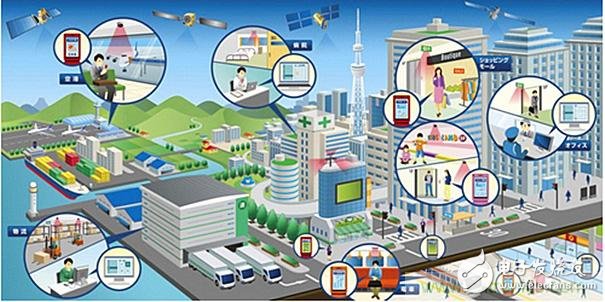
Second, navigation technology
The drone accurately knows where "where" and "where to go" is almost a philosophical question similar to the "where and where to go" of human beings. It is a problem that cannot be avoided at any stage of development of drones. .
Positioning technology
At present, the UAV uses GPS positioning, and the signal is susceptible to interference. Future research directions include the use of multi-information source positioning, such as TV, radio, Wi-Fi and other information positioning to make up for the lack of GPS positioning. This year's breakthrough in drone RTK technology is very interesting.
We know that the flight path of the drone depends on the navigation and positioning system. The drone can be used to complete the navigation task within the specified time according to the information obtained by the positioning system. The accuracy is directly linked to the positioning technology carried, based on the RTK. The technical UAV positioning system can provide high-precision positioning support for UAV flight operations by acquiring navigation satellite signals and RTK differential positioning information in real time.
The full name of RTK is real-time dynamic difference method. It is a new common GPS measurement method based on the carrier phase of real-time processing of two stations. Compared with the previous GPS positioning technology, the carrier phase dynamic real-time differential is adopted. The method can obtain the centimeter-level positioning accuracy in the field in real time. This technology is more effective in the operation of the plant protection drone. For example, the military-grade RTK positioning technology adopted by the P20V2 makes the accuracy of the route reach the centimeter level, not only for spraying. More accurate, but also better to avoid obstacles.
2. Obstacle avoidance technology
It is an important step to realize the intelligentization of the drone by letting the flying drone "long glasses" recognize the obstacles on the flight path and accurately fly or hover. This year, UAV obstacle avoidance technology will achieve breakthroughs in these areas.
Obstacle avoidance at night: For example, in order to facilitate night work, active near-infrared illumination technology is adopted. Simply put, a special "flashlight" is added and the "flashlight" eye is modified. The binocular is composed of two black and white lenses. It can be imaged from the 380-1080nm band, which means not only "visible" visible light, but also infrared rays that are invisible to the human eye. The unmanned person actively emits near-infrared light. Although it is invisible to the human eye, it can be used as a light source at night. Each lens of the dual purpose can receive the feedback of infrared rays in the environment. After binocular calculation, it can be "perceived". Environment and obstacles. Moreover, the obstacle avoidance distance is unchanged from the daytime, and is 30 meters (angle: horizontal FOV 65°).

Binocular stereo vision function: In the field of current drones, "binocular stereo vision function" (referred to as binocular function) has been paid more and more attention, becoming the standard and propaganda point of many new products. The Elves Phantom 4 released by DJI Innovation uses a stereo vision positioning system consisting of a binocular vision sensor and a set of ultrasonic sensors to fundamentally solve the hovering accuracy and achieve stable flight in a complex environment.
Four-dimensional radar technology: Most traditional civilian radars can only provide two-dimensional information. However, people live in three-dimensional space, and two-dimensional information is not enough. For example, today's civilian radars are unable to measure the height of the car, and this has great limitations for applications such as unmanned vehicles and drones. Oculii, a company based in Ohio, developed the world's first commercially available 4D radar, enabling drones to acquire up and down spatial information in three dimensions.

Third, communication technology
UAV communication technology has long been the focus and difficulty of industry research. How to ensure the safety and convenience of communication is also a key area for many experts to study.
1. 5G communication technology
Swedish network giant Ericsson announced in August that it has teamed up with China Mobile to conduct the world's first 5G drone field test. The test results show that the UAV can switch between different cells like the mobile phone, and can coexist with the mobile phone and share the base station resources, which fully proves the commercial feasibility of the UAV network, and is accompanied by China Mobile's successful lead 5G system. Design, the project name is R15 "5G System Architecture", the project will formulate two basic standards of "5G system overall architecture and functions" and "5G system basic process", which is expected to be completed in December 2017, which also confirms from the side The drone 5G communication will be equipped with a new development in 2017.
2. Wifi communication technology
Companies such as Google and Facebook are doing solar Wi-Fi drones, and they are also testing the fuselage through actual flights. Recently, the Russian “Forward-looking Research†fund and research-controlled researchers jointly developed the code name “Owlâ€. The UAV is responsible for carrying wireless communication equipment to transmit wireless data to remote areas. It is equivalent to a wireless network transmission platform, and carries a wireless call and video signal autonomous transponder in flight. In this way, when it continues to cruise in the relevant airspace, it can bring wireless data to the local area through the transmission of wireless data, and it is more convenient for people to live.
Fourth, flight control technology
Flight control is the brain of the drone, and it is also the most critical part of the whole. How to keep the aircraft flying smoothly and continuously upgrade the product quality is the key to the competition of various enterprises in the market.

Throughout the current flight control market, including UAV, zero-degree and other unmanned aircraft companies, there are integrated flight control system solutions, as well as companies such as the expansion into the new flight control market. Dajiang has NAZA, A2, A3 and other different levels of flight control, and many plant protection drones such as Essen and Global Hawk are being used. The extension is T1-A, and Linyi Fengyun and other plant protection drone companies use this one. These integrated flight controls are a complete flight control product, with components such as master control, GPS, PMU, OSD, etc., while providing an open SDK, and drone manufacturers can carry out secondary development for their own needs.
Nowadays, the demand for integrated flight control is mainly concentrated in the field of agricultural plant protection, security and inspection. These are well-known application fields, and the demand is huge and the current technology can meet the main needs. In the near future, more and more drone manufacturers will join the market development, and use the integrated flight control system already on the market to release more time to develop new application areas.
Five, chip technology
World-renowned chip makers such as Samsung and Intel have entered the drone industry to develop high-performance chips that integrate wireless communication, sensor integration and spatial positioning, enabling drones to be treated like PCs. ability.
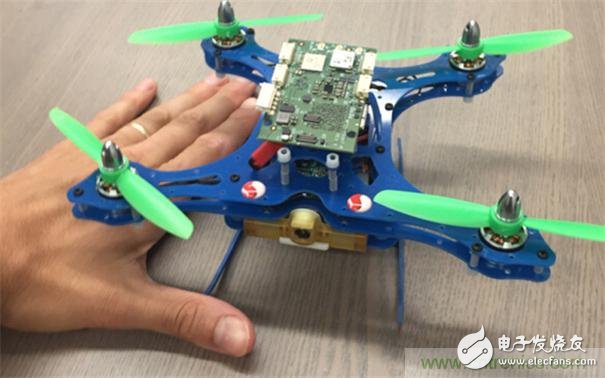
This year, at the "Embedded Vision Summit" conference in Santa Clara, Calif., several chip companies showed off their designs, and Movidius, which has already partnered with Google, is one of them. The company claims it is the first. Block USB deep learning module. With a power consumption of only 1 watt, the Movidius chip provides neural networking capabilities for drones, cameras, and robots.
Qualcomm has released a software developer kit for the Snapdragon Neural Processing Engine, which makes smartphones, drones, and other devices smarter, tracking targets and recognizing sound. Intel, ARM, CEVA, and Cadence Design Systems are also trying to add deep learning capabilities to the chip. Google is a leader in deep learning, and it has launched open source Tensor Flow deep learning software that supports low-power 8-bit processors, which are critical for mobile applications, and breakthroughs in these technologies are expected to be unmanned in 2017. The overall performance of the machine is on a higher level.
Sixth, VR technology
At present, many manufacturers have combined drones with VR, such as foreign Aerix, domestic billion airlines, etc., applying VR technology to drones, and photographing drones in the first time. The picture is displayed in real time in front of the user. The user can change the angle of the lens by turning the head, and then control the drone with the remote control. Even if the user is on the ground, he can feel the thrill of flying the sky, not only allowing the user to manipulate the aerial photography through the VR glasses, but also allowing the user to Get new fun with virtual reality.
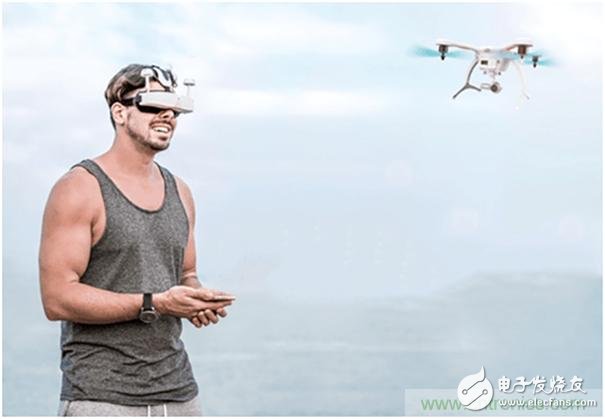
VR is a promising direction. However, VR technology is not mature at present. The VR experience brought by the small camera and mobile phone of the drone is very bad, but we can't deny the efforts and innovation of the manufacturer. The threshold of the drone industry is very high and needs long-term. The accumulation of technology can make a perfect product. VR is a promising industry, and perhaps the combination of UAV and VR technology will be more complete and convenient in 2017.
Seven, camera technology
Hang fear and self-timer are the big selling points of consumer-class drones. How to obtain a clearer shooting level and meet the increasing demands of consumers is a subject of painstaking research in the industry.
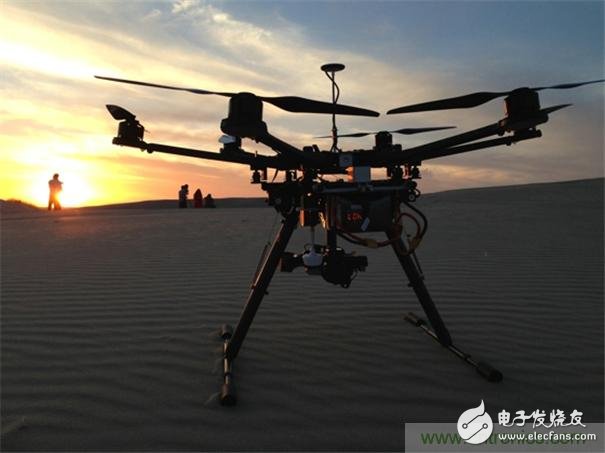
Just 4K is no longer enough for aerial photography enthusiasts. This year's US company Queen B RoboTIcs, the new drone Exo360, is the world's first drone that can shoot 360 panoramic 4K video. After the release of the new Inspire UAV: ​​Inspire 2, compared to the previous version of the Inspire UAV, there are many upgrades in the hardware, the most obvious is equipped with dual cameras, in order to ensure that the speed of the drone will not The quality of the video and the stability of the picture have been affected, and the speed has been lowered.
Perhaps in 2017, in order to cater to the upgrading of market demand, more companies will increase the research and development of camera technology. We are likely to shoot more clear and beautiful scenery through drones in a short time.
Eight, air traffic control technology
1. The United States Space Agency (NASA) teamed up with Space Technology to form a team to develop a prototype of the UAV air traffic control system.
2. Subsequently, a US company released a test version of the UAV Dynamic Geospatial Restriction System software. The system is designed to ensure that drones are safe to fly at 500 feet.
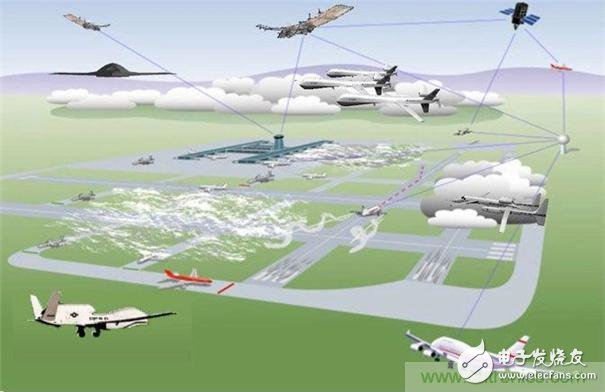
3. At the 3rd AOPA (Aircraft Owners and Pilots AssociaTIon) International Flight Training Exhibition, China's AOPA cooperated with a number of companies to develop U Cloud UAVs for light and small drones. The regulatory system was announced online.
4. Recently, Nokia and the United Arab Emirates Civil Aviation Administration (UAE GCAA) have established a strategic partnership to build a comprehensive ecosystem to manage UAV traffic inside and outside the city, to manage drones in and around the city, and to It interacts with people, manned aircraft and various types of connected devices.
Chris Anderson is the founder and CEO of 3D RoboTIcs. He successfully developed the drone business and created a large-scale drone enthusiast community website called “DIY droneâ€. He also made predictions on the future development and breakthrough of drone technology. It seems that from 2017, drones will increasingly be based on cutting-edge smartphone technology (Qualcomm Snapdragon platform); major software companies will take drone data as a core product, bringing "reality capture" to the mainstream; drones The amount of data collected and used exceeds that of satellites. These predictions may be for entrepreneurs and investors to point the way to the strategic layout in 2017 and gain huge business opportunities.
In short, if you don't innovate, you die. History is unpredictable, but it is always being created, it is happening every day. If you want to gain a place in the fierce battlefield of the drone competition market, it is impossible to have no top-level independent core technology. I hope that in the upcoming 2017, Companies can bring new legends to us through technological breakthroughs.
MPPT Controller,Mppt Solar Inverter,MPPT Solar Controller,MPPT Solar Charge Controller
Jinan Xinyuhua Energy Technology Co.,Ltd , https://www.xyhenergy.com